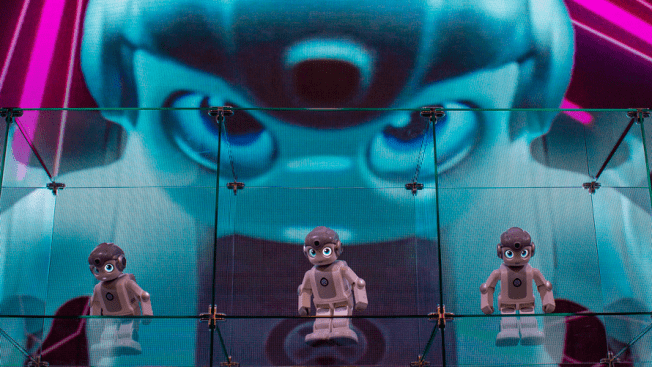Now that CES 2019 has ended, marketers are feverishly working to deliver presentations and POVs that justify the large contingents they sent to Las Vegas last week to chart the biggest innovative trends facing 2019. But the reality of CES 2019 is that it was not a year of “new.”
Now first, let me say this: I love CES. I’ve been going to CES for quite some time. My experience there was remarkably productive this year, and much of the credit for that belongs to the stellar team at the Consumer Technology Association. Year after year, they have managed to produce an event of stunning scale and immeasurable influence, perhaps the greatest show on earth. That’s no small feat.
However, I had hoped that CES 2019 would bring truly innovative, disruptive, transformational advances in areas like renewable energy, health and wellness or artificial intelligence and neuro-computing. The reality is that this year’s show gave us more hype than hope for the future of technology.
Here’s what was missing:
Transformation
There are two types of shows that chart the evolution of consumer technology: those that transform and those that accelerate. A CES that is transformational is a CES where whole new categories are invented, major emerging trends are easily identified, and we see a quick parallel between what’s on the floor and what’s in a store. A CES that centers on acceleration is one where, instead of disruption, we see the incremental growth of technologies and trends.
This was CES 2019. Nothing was really new; all the concepts evolved from years past. Yes, 5G is coming in the next year with promises of connectivity becoming like oxygen and being always present. Voice was baked into everything as an expected service layer to all gadgets, and we saw cool things like invisible AR lens from LentinAR to Alibaba’s real-time translator for video calls. But cars had a bit more tech and better autonomous features, just like in 2017. Screens got better and thinner, just like in 2016. And wearables are still wearable, just like in 2015.
Substance over hype
Perhaps the fastest growing trend at CES 2019 was the acceleration of hype, and that is concerning. As an industry, it seems that we are very much trapped in the pursuit of shiny objects. We are far more interested in the micro-advancements of “stuff” and painfully disinterested in the real macro issues we are facing. Just imagine if we all took the energy and resources that we pour into CES each year and instead used that to address television ratings, to fix digital transparency issues or to solve the problem of unconditional bias. We could transform at a macro level how we truly reach and engage with consumers beyond robots, assistants and devices.
Software as the star
In my mind, one of the most striking (and disappointing) things about this year’s CES was the fact that no one was talking about the real star of the show: the software. More and more, we are living in a world where the single most important determining factor for the success of any electronic product is user experience. As technology becomes less present and barely visible in our day-to-day lives, software is the hero that truly enables transformation, not hardware. I suspect this is the reason that an electronics show is becoming less disruptive. Increasingly, it seems to me that we are charting the wrong thing.
The point
Identifying the new is hard, but trying to find it when it doesn’t exist is easy. I heard many innovation experts say that CES 2019 was all about “the intersection of tech and play” or “where technology is becoming useful.” Really? This is the best we can walk away with this year? There was a time when CES was about setting your innovation agenda and determining how you’ll attack the year ahead. Now it has become a rush of meetings and cocktails and handshakes, with everyone working furiously to catch up with everyone else. Too much scheduling and too little serendipity. CES is now missing the spark that defined the show at its very best.
Don’t get me wrong. CES is not “over.” It still serves a vital function and may have many more years of transformation in front of it. However, it’s also time that we get real about its limitations. Acceleration of technology is important and shiny objects are enticing, but hype does not always equate to hope. In a year that promises to hold more shifting ground for marketers, will we be able to rally the greatest minds in advertising to advance some of the serious issues our industry faces with the same enthusiasm we approached CES, or will we all continue wasting time building decks touting the promise of foldable screens and flying cars?
We must constantly reinvent and evolve the ways in which our organizations capitalize on the changes happening all around us. Maybe this year’s CES is an indication that we are too focused on charting the accelerating change versus that which is truly disrupting our industry and consumer behavior.








